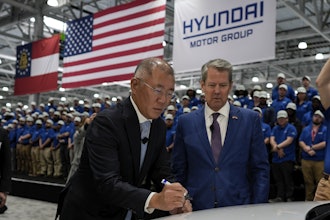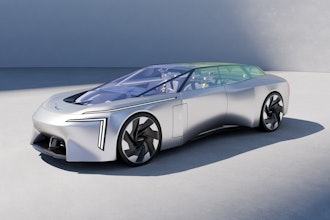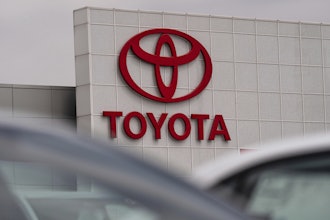San Francisco autonomous driving startup Cruise’s more than six-year existence has been a wild ride even by Silicon Valley standards.
The company was purchased by General Motors for nearly $1 billion less than three years later, and its ambition, fundraising and payroll skyrocketed in subsequent years. Putting autonomous cars on the road, however, proved much more difficult. A fleet of self-driving, ride-sharing Chevrolet Bolts was supposed to be on San Francisco streets already, but was delayed indefinitely last summer.
This week, the subsidiary unveiled a decidedly different approach to autonomous transportation. The Origin, introduced to great fanfare at a San Francisco warehouse, is a boxy, all-electric shuttle without a steering wheel or brakes.
Cruise CEO Dan Amman wrote in a blog post that company engineers, rather than work off the template of the passenger car, sought to build a new mode of transportation from the ground up.
The result is a vehicle with extra-wide, sliding doors and six passenger seats that face towards each other. There’s no room for a driver whatsoever — as well as no pedals, rearview mirrors or windshield wipers.
GM officials plan to deploy the Origin as part of an app-based robotic taxi service, promising the type of consistent rider experience that might be lacking from a conventional cab or an Uber.
Despite the excitement, reports cautioned against expecting the Origin to roll around cities anytime soon. The New York Times reported that Cruise officials would not share details about the vehicle’s testing regimen, regulatory approvals, production goals or a target date for the service to debut.






















